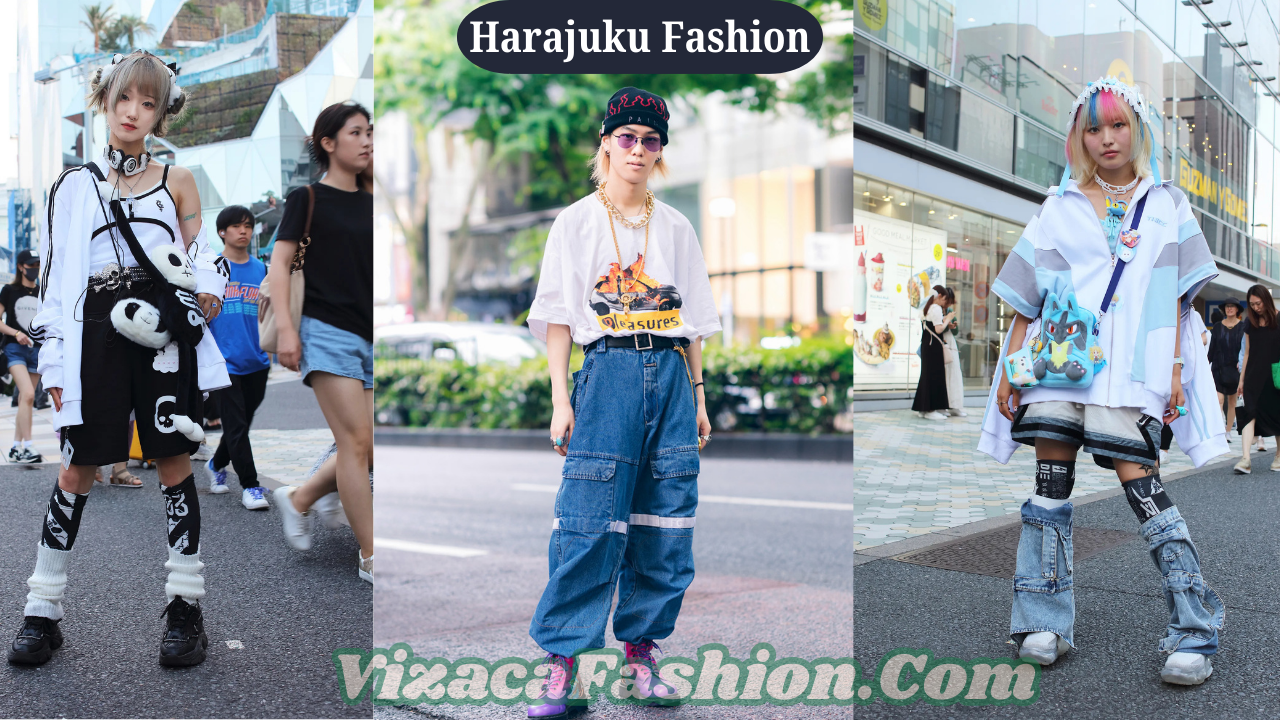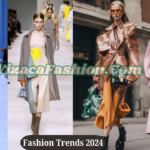Harajuku fashion, originating from the bustling streets of the Harajuku district in Tokyo, Japan, represents a vibrant and eclectic mix of styles that defy conventional fashion norms. This fashion movement has become a global phenomenon, influencing designers and street style all over the world. In this comprehensive guide, we delve into the various facets of Harajuku fashion, highlighting its significance, diversity, and enduring appeal.
The Roots of Harajuku Fashion
Harajuku fashion first gained attention in the 1980s, emerging as a form of youth rebellion against traditional Japanese societal expectations. The area became a gathering place for young people dressed in unique outfits, each looking to express their individuality through their clothing choices. It was during this time that magazines like Fruits began documenting Harajuku’s colorful street fashion, capturing the world’s attention.
Key Styles Within Harajuku Fashion
Harajuku fashion is not a single style but a collection of various sub-styles, each with its own distinct characteristics and cultural influences. Some of the most prominent include:
- Lolita: Characterized by Victorian and Edwardian era clothing, Lolita fashion includes intricate dresses with ruffles and bows, often paired with lace stockings and headdresses.
- Gyaru: Influenced by Western fashion and pop culture, Gyaru is notable for its glamorous and exaggerated features, including dramatic makeup and hairstyles, and tanned skin.
- Visual Kei: Inspired by Japanese rock bands, Visual Kei features flamboyant costumes, striking makeup, and elaborate hairstyles.
- Decora: Known for its bright colors and excessive use of accessories, Decora fashion includes layering multiple pieces of clothing and accessories like hair clips, necklaces, and bracelets all worn at once.
The Influence of Pop Culture
Harajuku fashion has been heavily influenced by various elements of pop culture, including anime, manga, and music. Iconic characters from popular Japanese animations and comics are often emulated in the styles seen on the streets of Harajuku. Music genres like J-pop and J-rock also play a significant role, with fans often dressing to emulate their favorite musicians.
Harajuku Fashion and Global Influence
The international appeal of Harajuku fashion lies in its bold rejection of norms and celebration of self-expression. It has inspired fashion designers and pop culture icons around the world, influencing everything from haute couture collections to mainstream retail chains. International fashion weeks often feature collections that borrow elements from Harajuku styles, proving its widespread influence and appeal.
Sustainability and Evolution
In recent years, sustainability has become a significant concern in the fashion industry globally, and Harajuku fashion is no exception. Many adherents of Harajuku style are turning towards sustainable practices, incorporating vintage pieces and recycled materials into their outfits. This shift not only maintains the unique aesthetic of Harajuku fashion but also aligns it with global environmental consciousness.
Harajuku Fashion Casual Dress
Within the broader spectrum of Harajuku fashion, the “casual dress” trend incorporates everyday elements with the unique flair characteristic of the district. This sub-style is less about dramatic transformations and more about integrating playful and artistic elements into daily wear. Common features include graphic tees, inventive use of denim, and accessories that showcase personal interests or humor.
Conclusion: A Living Canvas of Creativity
Harajuku fashion remains a dynamic and ever-evolving art form. It stands as a testament to the power of fashion as a form of personal expression and cultural identity. For enthusiasts and newcomers alike, Harajuku offers an endless source of inspiration and a vibrant community that celebrates diversity and creativity in every form. As it continues to evolve, Harajuku fashion will undoubtedly keep influencing the global fashion landscape, maintaining its position as a fascinating, ever-changing spectacle of style.


